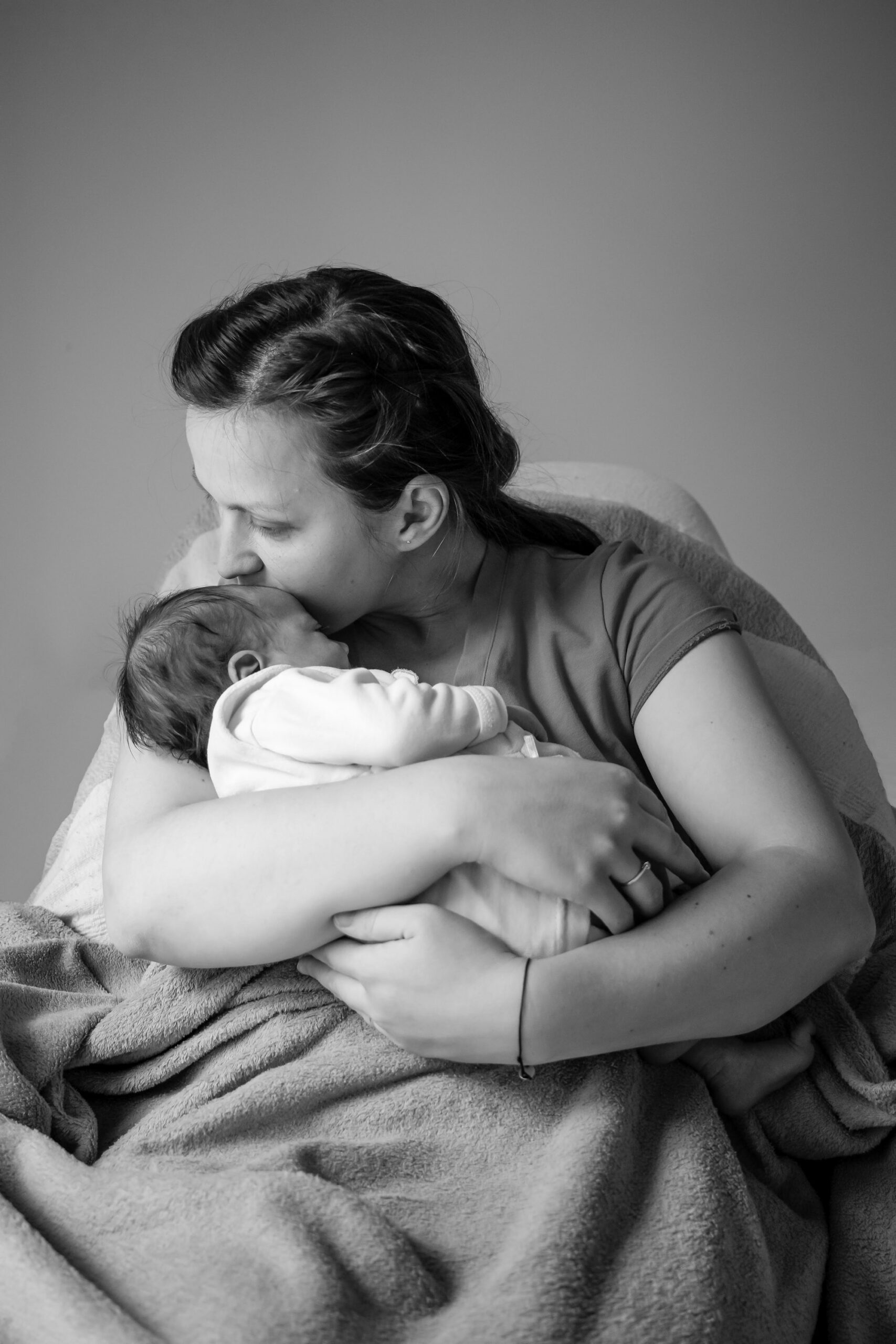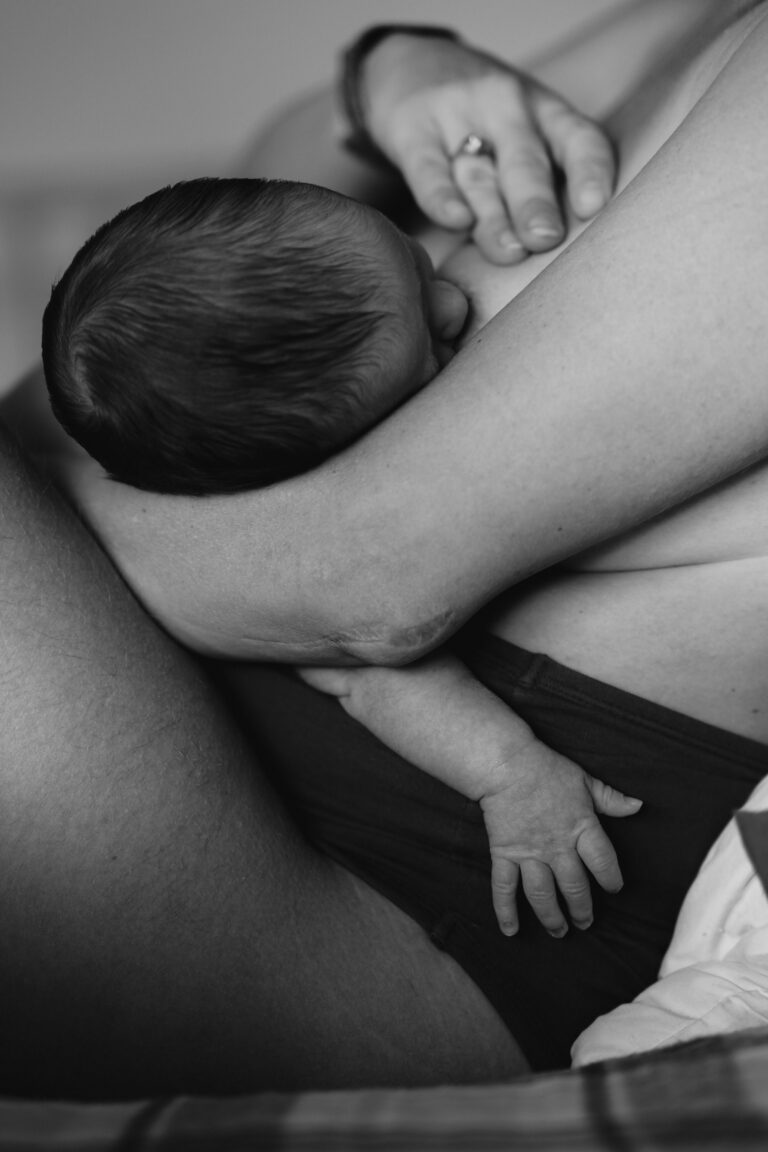Suddenly, there you are—staring into the eyes of your newborn, overwhelmed by a surge of emotions you may not entirely recognize. Perhaps you expected the happy tears, but not the persistent unease, the unexplained exhaustion, or the shadow of sadness that sometimes refuses to lift. If postpartum depression has crossed your mind, you are not alone on this winding road. So many parents silently question, “Is it supposed to feel like this?” Understanding why these feelings arise, recognizing the signs, and knowing when and how to reach out changes everything—not just for you, but for your baby, your partner, your entire family. From hormonal shifts and sleep deprivation to the shifting dynamics of family life, postpartum depression can reshape the landscape of early parenthood. Let’s examine its symptoms, causes, effects on families, and above all, evidence-based ways to reclaim well-being and resilience.
The emotional rollercoaster after childbirth
Those first days—or weeks—after delivery can be an emotional whirlwind. Raw joy, sharp anxiety, deep affection, and sudden tears may collide in unpredictable waves. Some parents wonder if what they’re feeling is normal, or if it hints at something deeper. This turbulence is not a sign of personal inadequacy; becoming a parent is an immense transformation, both physiologically and psychologically. A sudden drop in estrogen and progesterone (powerful pregnancy hormones) can stir profound changes in mood and energy. One day, you may feel calm; the next, inexplicably irritable or drained. If these feelings grow persistent or begin to cloud daily life, it’s time to recognize that this might be more than a passing “baby blues.” The “baby blues” resolve quickly, often within two weeks—but when sadness and fatigue linger, especially beyond this period, postpartum depression deserves careful consideration.
What is postpartum depression? Causes, triggers, and risk factors
Postpartum depression is a serious mood disorder—distinct from fleeting mood swings—arising anytime during pregnancy or the first year after childbirth. It’s not simply a response to fatigue or stress; its roots are woven through abrupt hormonal shifts, genetic predisposition, social context, and mental health history. Researchers have identified several risk factors:
- A personal or family history of depression, anxiety, or bipolar disorder
- Past traumatic experiences or childhood adversity
- Difficult pregnancy or traumatic birth (e.g., cesarean section, birth complications)
- Poor sleep quality and persistent fatigue
- Lack of social support or partner support
- Financial strain, relationship conflicts, or isolation
Biologically, the post-birth plunge in hormonal levels—especially estrogen, progesterone, and sometimes thyroid hormones—can trigger changes in brain chemistry, affecting mood regulation. There is also increasing evidence tying inflammation and neurochemical imbalance (especially serotonin) to postpartum depression.
Recognizing the signs and symptoms
You might ask: How do I know this is postpartum depression, and not just normal exhaustion? It’s a reasonable question, especially as symptoms overlap with everyday parent fatigue. However, some features decidedly point to postpartum depression:
- Persistent, unshakable sadness or emotional numbness (not just momentary distress)
- Intense anxiety, frequent agitation, or irritability
- Loss of interest or pleasure in previously enjoyed activities (called anhedonia)
- Feeling disconnected from the baby or difficulty bonding
- Changes in appetite—loss or voracious increase
- Disrupted sleep, well beyond the baby’s needs (either insomnia or hypersomnia)
- Overwhelming guilt or feelings of worthlessness
- Trouble concentrating or making decisions
- Withdrawing from loved ones and social engagement
- Repetitive worries, especially about harming oneself or the baby (these may indicate postpartum psychosis if delusions or hallucinations emerge)
Symptoms generally persist for more than two weeks, causing functional impairment—making daily care, bonding, and even self-care feel nearly impossible at times. It’s not “just tiredness.”
The postpartum period: physical and psychological landscape
Newborns demand absolute attention, yet parents are still in the middle of profound recovery. After childbirth, the body’s healing is accompanied by physiological changes: lax perineal tissues, lingering discomfort from delivery, erratic hormone patterns, and (let’s not forget) powerful fatigue that tests every reserve. For some, physical recovery is straightforward; for others, birth injuries, healing from a C-section, or pelvic floor issues add additional layers of complexity. Meanwhile, body image often shifts—some may feel alien in their postpartum body, wrestling with skin changes or the pressure to “bounce back.” These worries, amplified by unrealistic social expectations, can fuel emotional distress.
Sleep deprivation and its impact
A cornerstone of postpartum depression is chronic sleep loss. The human brain simply is not designed to go for weeks—or months—on fractured sleep. Sleep disruption not only impairs mood; it warps judgment, damages memory, increases cortisol (the stress hormone), and heightens vulnerability to depression and anxiety. This is not exaggerated: research repeatedly confirms that sleep deprivation alone can trigger or worsen postpartum depression. Partners may experience this too—paternal postpartum depression often overlaps with sleep loss, workplace stress, and changing identity.
How postpartum depression affects families and child development
The ripple effects of postpartum depression are far-reaching. For babies, inconsistent or emotionally distant caregiving can influence attachment security, affecting emotional development, behavioral regulation, and even language acquisition. Studies link untreated postpartum depression to increased risk of behavioral and cognitive challenges in childhood. Partners may also face distress, struggling to know how to support or feeling excluded. Family routines may become chaotic. Stress on the parental relationship increases, sometimes exposing conflicts or communication breakdowns. Siblings or grandparents might sense the tension, even without understanding its cause. Early intervention and open dialogue with professionals, however, can change these trajectories for the better.
Diagnosis and professional evaluation
When symptoms remain entrenched beyond two weeks, or intensify, seeking medical attention becomes necessary. Healthcare providers use structured interviews and screening tools, such as the Edinburgh Postnatal Depression Scale, to assess severity and rule out overlapping conditions—like anxiety disorders or the rare, but urgent, postpartum psychosis. Objective assessment is key: sometimes shame or guilt keeps parents silent, yet timely evaluation opens the door to meaningful help. Obstetricians, primary care providers, pediatricians, and mental health professionals are all equipped to diagnose postpartum depression and guide recovery.
Prevention and building emotional resilience
Is it possible to reduce the risk of developing postpartum depression? Yes, especially with proactive strategies during pregnancy and the early weeks post-birth. Helpful approaches include:
- Regular emotional check-ins with healthcare practitioners
- Identifying reliable sources of social support (partners, friends, parenting groups)
- Honest conversations about expectations and potential stressors (financial, relational, or otherwise)
- Prioritizing restorative sleep—whenever possible, sharing nighttime duties or asking for assistance
- Maintaining balanced nutrition and gentle physical activity (even brief walks can help)
- Attending prenatal counseling if there’s a history of mood disorders
Sometimes, for high-risk individuals, physicians may recommend starting low-dose antidepressant therapy during or after pregnancy, with close monitoring.
Practical tips for easing the transition
How do parents set themselves up for a gentler experience? Start by accepting imperfection. The myth of the effortless parent is just that—a myth. Before birth, consider arranging meal support, delegating chores, and communicating openly with your partner about possible rough patches. After the baby arrives, try to keep expectations flexible. Some days, the biggest achievement may be taking a shower or enjoying a hot meal. Let that be enough.
Connect with trusted professionals such as lactation consultants, perinatal psychologists, or registered midwives if specific challenges arise. Support groups—online or face-to-face—can offer empathy and real-life coping tips. Prioritize small, restorative routines: even sitting quietly with a cup of tea, practicing mindfulness, or engaging in gentle stretching can make a substantial difference over time.
Evidence-based treatments and management
There is no single path to recovery; treatment must be tailored. Psychological therapies—such as cognitive-behavioral therapy (CBT), interpersonal therapy, and supportive counseling—are highly effective and form the foundation of management. For moderate to severe symptoms, or if psychotherapy alone doesn’t suffice, antidepressants (especially SSRIs, which have a favorable safety record for breastfeeding) may be prescribed, always under medical supervision.
In severe or refractory cases, newer interventions such as brexanolone (an intravenous medication approved specifically for postpartum depression) become options, typically within specialized hospital-based services. When postpartum psychosis is suspected—hallucinations, paranoia, or severe mania—immediate hospitalization and antipsychotic medication are indicated due to heightened safety risks.
Myths, stigma, and moving towards openness
Persistent misconceptions around postpartum depression fuel unnecessary shame. Some believe “real” mothers can’t be depressed, or that medication signals weakness. Others expect PPD to look the same for everyone, failing to recognize its varied presentations—from quiet withdrawal to visible agitation. These beliefs are not only false, they delay care. Medical research dispels the myth: postpartum depression is not a rarity or parental failure, but a common, highly treatable condition—regardless of one’s love for their child, social background, or previous experience.
Key statistics and up-to-date research
The data speaks volumes. Globally, 10–20% of mothers experience postpartum depression, with rates climbing among young parents, those in economic hardship, or in low-resource settings. Paternal postpartum depression impacts around 8–10% of fathers, complicating adjustment and well-being. Perhaps most challenging: approximately half of all mothers with postpartum depression are never diagnosed or treated, with stigma, lack of information, and inconsistent screening procedures acting as barriers.
Untreated, postpartum depression can linger—sometimes for months—raising risk of persistent mood disorders or in severe cases, suicide. For children, prolonged exposure to parental depression increases the likelihood of emotional, behavioral, and even physical health challenges later in life.
Related mental health conditions
The postpartum period is a high-risk window for a spectrum of mental health disorders. Aside from postpartum depression, some parents develop anxiety disorders, obsessive-compulsive symptoms (such as repetitive rituals or intrusive thoughts about the baby’s safety), or face profound episodes of bipolar disorder. These may co-exist or emerge independently, making comprehensive evaluation essential. Suicide risk is elevated during the perinatal period, which underscores the necessity of attentive and respectful mental health care.
Stories of hope and resilience
Many parents describe their journey with postpartum depression as arduous, but they also attest to the possibility of recovery. Support—whether from professionals, partners, or peer groups—proves transformative. Honest discussions, vulnerability, and self-compassion open pathways to healing. Public sharing of lived experience does not just diminish isolation; it empowers other parents to reach for help, renew their confidence, and reclaim moments of joy.
Key Takeaways
- Postpartum depression is extremely common—impacting up to 1 in 5 mothers and many fathers. It is a genuine medical condition that responds well to treatment.
- Early recognition and prompt support promote faster recovery for parents and healthier outcomes for babies.
- Symptoms are broader than sadness—watch for persistent irritability, anxiety, trouble bonding, or withdrawal.
- Both physical and emotional changes after birth shape the risk and experience of postpartum depression.
- Evidence-based treatments exist: psychotherapy, medication, support networks, and, in severe cases, specialized interventions.
- Dispelling myths and reducing stigma help parents access care and improve outcomes dramatically.
- Professional and community resources are available; every journey is unique, but no parent must face these struggles unsupported.
For practical advice, personalized guidance, and free health questionnaires for your child, download the Heloa app—a reliable companion on your parenting journey.
Questions Parents Ask
Can postpartum depression affect fathers or partners, not just mothers?
Absolutely—postpartum depression is not limited to mothers. Fathers and partners can also feel overwhelmed, sad, or anxious during the months following a child’s birth. These emotional changes may be due to lack of sleep, shifting family roles, or worries about supporting the family. If a partner notices ongoing sadness, irritability, withdrawal, or trouble bonding with the baby, reaching out for help is important. Everyone’s experience is unique, and support is available for all parents.
How is postpartum depression different from the “baby blues”?
The “baby blues” describe mild, temporary mood swings, irritability, or tearfulness that many parents feel in the first days after a baby arrives. These feelings usually ease within two weeks and don’t stop parents from caring for themselves or their baby. Postpartum depression, on the other hand, involves more intense and long-lasting symptoms—like deep sadness, loss of interest, or feelings of hopelessness—that can make daily tasks feel overwhelming. If these feelings linger beyond a couple of weeks or cause distress, it’s a sign to seek extra support.
What should I do if I think someone I love has postpartum depression?
It can be upsetting to see someone you care about struggle. Offering a listening ear, gentle reassurance, and help with daily chores can make a real difference. It may help to encourage them to talk to a healthcare professional, but try to be patient—sometimes it takes time for someone to accept support. Let them know they are not alone, and remind them that getting help is a sign of strength, not weakness. Your presence and understanding can be incredibly valuable on their path to feeling better.
Further reading:









